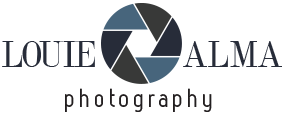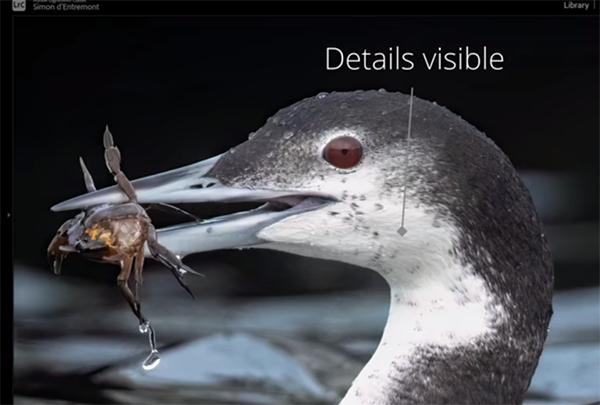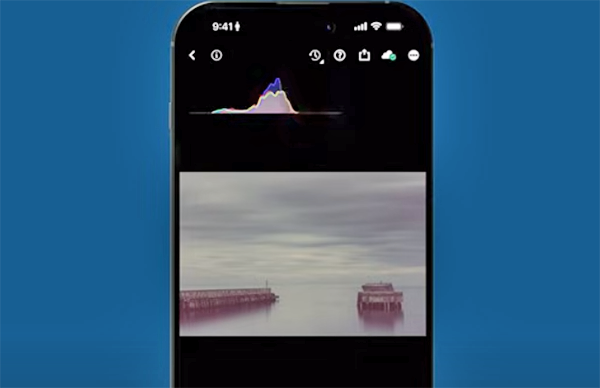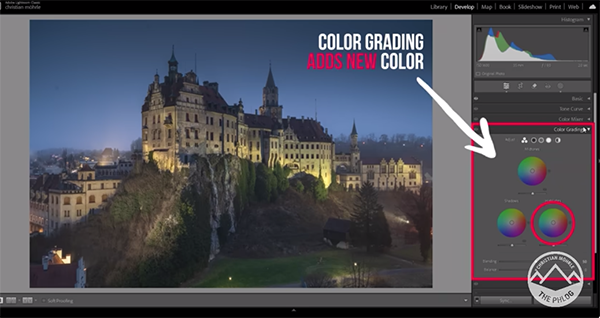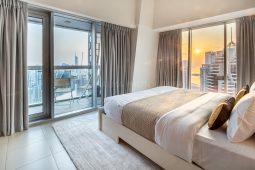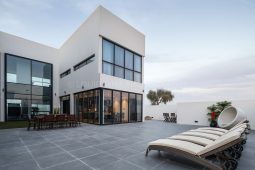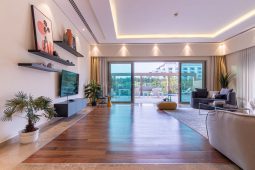PR for Interior Designers in 2025
What Every Interior Designer Should Know about PR
(But Is Too Busy Choosing Throw Pillows to Ask)
Let’s talk about the elephant in your beautifully designed room: PR is a pain in the ass.
Since 2020, the home design industry has been hotter than those copper pendant lights everyone’s hanging over their kitchen islands. People are DESPERATE for someone to save them from their sad pandemic decorating choices. (No, Brad, that folding table is not “mid-century modern.”)
My company does PR for interior designers, which means I spend my days sweet-talking design editors into featuring my clients’ work in magazines that people flip through while waiting at the dentist. Full home tours! Expert quotes! The works!
Here’s the juicy part: That could totally be YOU in those glossy pages.
I’ve been helping designers get the spotlight for almost two decades. And I’ve noticed something: trying to DIY your own PR while running a design business is like trying to paint a ceiling while also making soufflé. Something’s gonna collapse.
And pitching yourself? Awkward City, population: You. Trust me, I GET IT. I pitch clients all day long, but when it comes to my own PR, I’d rather clean grout with a toothbrush. Even though this is literally my job, my own PR gets pushed so far down my to-do list it’s hanging out with “learn Spanish” and “start meditating.”
So if you’re not doing it either, I’m not judging. We’re in this procrastination boat together, floating on a sea of “I’ll get to it tomorrow.”
But whether you’re PR-curious or PR-serious, these tips are non-negotiable for getting your gorgeous work the attention it deserves. (And I cannot stress #3 more unless I used ALL CAPS and hired a skywriter.)
7 PR Tips Every Interior Designer Should Follow
(Unless You Enjoy Being Design’s Best-Kept Secret)
1. HAVE A POINT OF VIEW
“I can design in any style!” might seem customer-friendly, but it’s the equivalent of bringing lukewarm soup to a potluck. Nobody remembers lukewarm soup.
Many designers are terrified of putting themselves in a box. But here’s the truth bomb: if you want to stand out, you need to stand FOR something.
That means saying “thanks but no thanks” to clients who aren’t your jam. Scary? Hell yes. When I first started saying no to clients who weren’t ideal, my bank account had a full-blown panic attack. But once I got crystal clear on who my dream clients were, those “no’s” actually helped me rake in more “yeses” from the right people.
My client Lisa? She went from $850K to $2.25 MILLION in one year by getting smart with her finances and learning that “no” is a complete sentence. This became juicy story material when pitching her for podcasts and panels. Think about what business lessons you’ve learned that might make other designers grab their notebooks.
2. PHOTOS ARE THE HOLY GRAIL
No photos = no press that showcases your work. End of story.
You need your projects professionally photographed even if you have zero plans for press. Your website is your #1 selling tool, and iPhone pics with terrible lighting aren’t cutting it.
Here’s what’s trending: magazines want spaces that look lived-in now. They’re over the “decorator just left and took all signs of humanity with them” look. They no longer want pristine looking new builds that have no soul. This takes a lot of skill to get just right. Enter, the interior stylist. Hire a stylist who knows how to style for camera, not just for living. It’s like the difference between everyday makeup and TV makeup. One works in person; the other works in pixels.
Even if the magazine says they’ll reshoot your project, THEY’RE LYING. Okay, not lying, but budget cuts mean your submitted photos are probably what they’ll use. A rookie mistake is not having enough images to tell a full story. Get 25-30 diverse photos of each project. Yes, your photographer will think you’re high-maintenance. Yes, it’s worth it.
And FOR THE LOVE OF LUCITE, negotiate usage rights with your photographer upfront. Nothing kills your PR buzz faster than a photographer demanding an extra $2K to let House Beautiful run their pics. You need to know ahead of time what happens if a magazine doesn’t have a budget to license images. Does that cost fall on you or is the photographer willing to do it for credit?
[Click here for the #1 mistakes I see when it comes to interior photography that’ll make editors hit DELETE faster than you can say “shiplap.”]
3. EDUCATE YOURSELF
If you’re pitching a layered English Countryside project to Dwell, you might as well be pitching snow cones in Antarctica.
You’ll get press when you understand which magazines actually feature your style of work. This means—brace yourself—you need to actually READ magazines. Make it part of your job. Schedule it. Get a fancy coffee and flip through them for 20 minutes each week.
When designers come to me for help, my first question is, “What’s your dream publication for this project?” While it’s literally my job to guide you, I do a little happy dance when you’ve done your homework and know what’s realistic. It shows you’re serious about PR and not just hoping to throw spaghetti at the wall of fame.
4. SOCIAL MEDIA IS IMPORTANT
Instagram for interior designers is like location for real estate—it’s EVERYTHING, EVERYTHING, EVERYTHING.
It’s an already visual platform where you can showcase your work, attract clients who aren’t tire-kickers, and get noticed by editors who matter. Approach your Instagram with the same obsessive attention you’d give to selecting the perfect sconce.
Some designers who nail this: @sarahshermansamuel, @coreydamenjenkins, @amberinteriors, and @emilyhenderson. They’re not just posting pretty pictures; they’re building a visual brand that screams “I KNOW WHAT I’M DOING.”
5. INVEST IN VISUAL BRANDING
You wouldn’t show up to a client meeting wearing pajama pants, would you? (If you would, we need to have a different conversation.)
Your website is your digital outfit, and it needs to look polished. You’re in the AESTHETICS business, for crying out loud! If your website looks like it was designed in 2009 by your nephew who “knows computers,” editors will bounce faster than a check from a bad client.
It’s the first place design editors look when I pitch you. If it’s not professional, they move on to the next pitch faster than you can say “accent wall.”
6. CONSIDER A CELEBRITY PARTNERSHIP
Some design projects speak for themselves, but most of the time, publications care about the homeowner’s story. And they care EXTRA if that homeowner has been on a reality show or has more than 100K Instagram followers.
Why? Because readers are nosy (just like us) and love to see where celebrities store their cereal. If you’re just starting out, consider doing a small project on trade. That means you work for exposure instead of cash, which normally I’d advise against (exposure doesn’t pay rent), but in this case, ONE celeb client can open doors faster than a locksmith on crack.
Having just one celebrity can make the difference between an editor hitting “delete” or “publish” on your pitch. Here’s a recent project I placed for celebrity chef Ludo Lefevbre in AD (Yes, I’m name-dropping. Yes, it works.)
7. INVEST IN AN INTERIOR DESIGN PUBLICIST
Even if you’re well-established, pitching media requires the follow-up skills of a stalker with excellent organizational habits. Your time is worth money! Spend it designing and managing clients, not crafting emails that might never get opened.
When should you hire a publicist? When you have a completed project that doesn’t make you cringe. If you’re established, ongoing PR keeps your name circulating in media like a tasty appetizer at a cocktail party. But if you’re not ready for that commitment, you can hire me on a project basis or join our Library Card membership that makes getting quoted in design magazines easier than finding gray paint at Benjamin Moore.
P.S. LuAnn Nigara and I spilled ALL the tea about this on her podcast A Well-Designed Business Episode #712. . It’s like eavesdropping on a conversation between two PR-obsessed friends after their second martini. You’re welcome.
SaveSave
SaveSave
The post PR for Interior Designers in 2025 appeared first on The Sought After.

